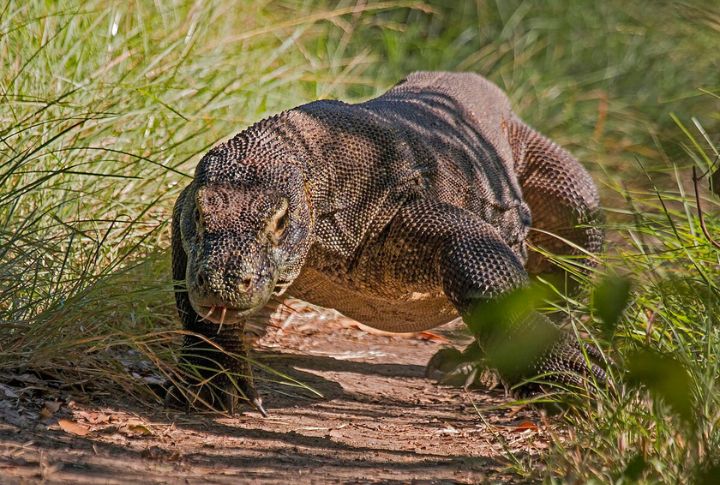
They don’t growl or roar, but their danger is real. Some look harmless—almost beautiful—right up until the moment they strike. Across jungles, reefs, deserts, and backyards, evolution has created organisms with chemical arsenals strong enough to halt hearts and dissolve nerves. The speed and precision of their strikes are as brutal as they are fascinating. Keep reading to see which creatures top nature’s danger list.
Box Jellyfish
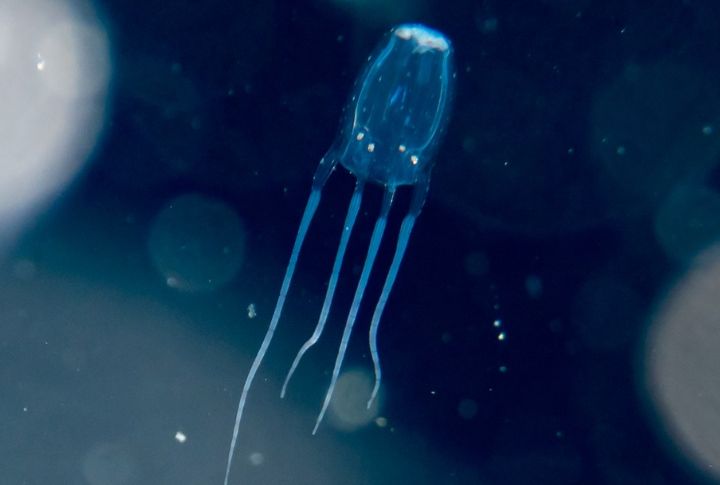
Nearly invisible and elegantly drifting, this marine killer delivers agony with the slightest touch. Its tentacles, which extend up to 10 feet, contain millions of venomous cells that can halt a human heart in under five minutes. Survivors usually endure chronic pain, which makes even nonfatal encounters a lifelong burden.
Inland Taipan
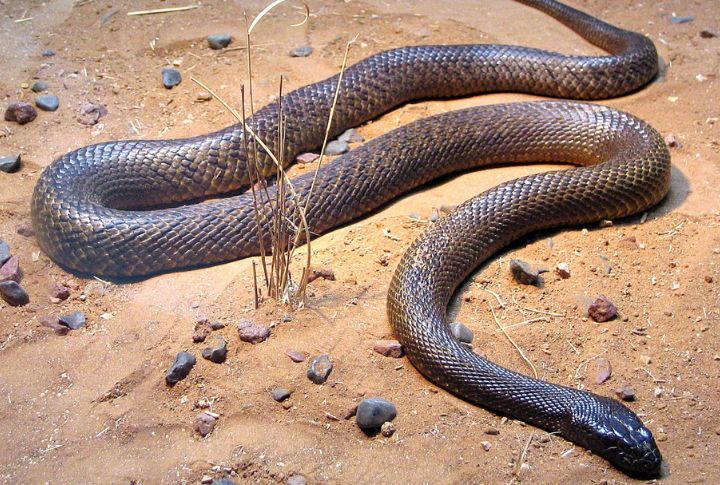
Often overlooked due to its reclusive nature, the Inland Taipan ranks as the most venomous snake on land. A single strike can release enough neurotoxins to eliminate 100 adults. Found in Australia’s remote inland zones, it avoids confrontation, which ironically makes it one of the least encountered yet most feared serpents alive.
Blue-Ringed Octopus
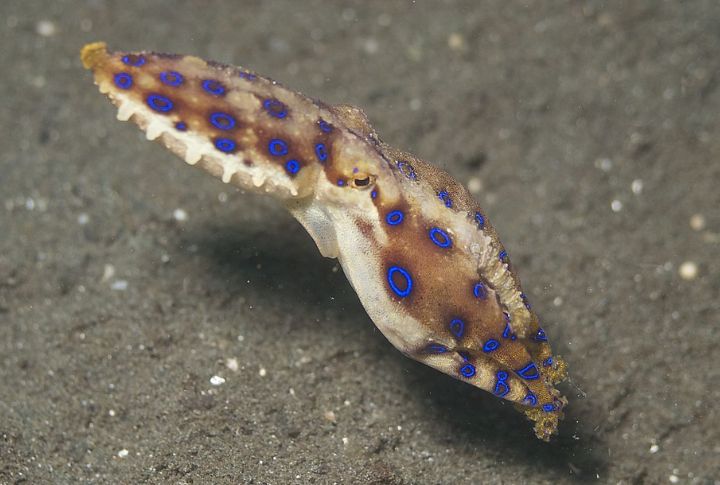
A palm-sized blue-ringed octopus harbors a neurotoxin so lethal that no antidote exists. Vibrant rings flash like a warning signal just before it bites. Even wetsuits give little protection, and once symptoms start, respiratory failure may follow unless immediate intervention is provided.
Cone Snail
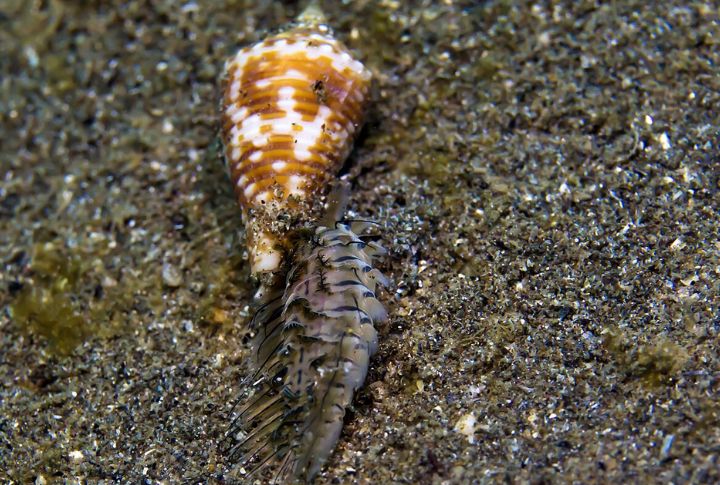
Behind its beautiful shell lies a precision weapon capable of launching a venomous tooth like a dart. One hit from this “cigarette snail” may leave victims with just minutes to respond. Its paralyzing toxins, some stronger than morphine, have fascinated scientists and terrified divers in equal measure.
Stonefish
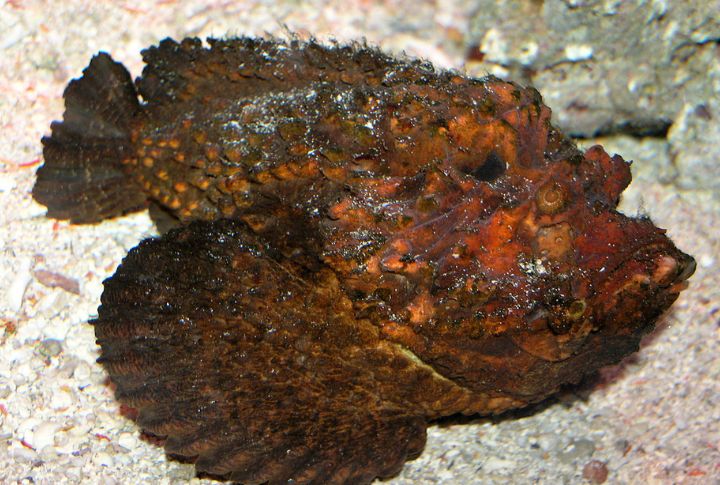
Lying perfectly still among rocks and sand, it becomes indistinguishable from its surroundings until it is stepped on. Thirteen needle-like spines inject a venom that can prove fatal if left untreated. Despite being a fish, it’s capable of surviving a full day out of water, waiting silently in coastal shallows.
Brazilian Wandering Spider
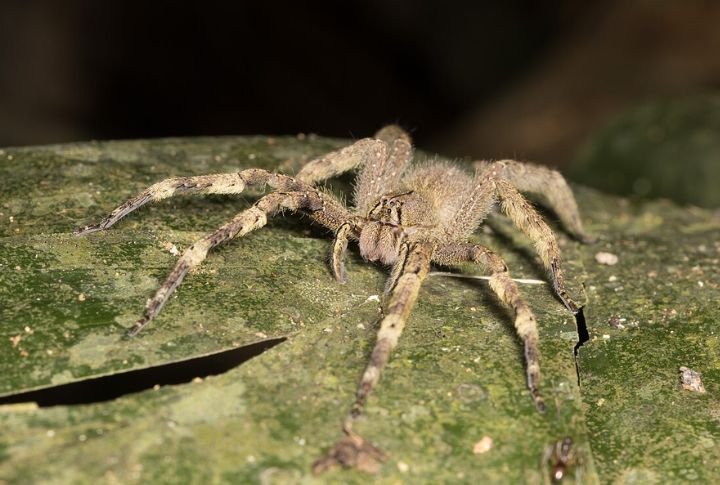
Infamous for showing up in banana shipments, this fast-moving arachnid once earned global notoriety as the most venomous spider ever recorded. Unusually aggressive for a spider, it doesn’t hesitate to raise its legs and lunge when disturbed. Its venom targets the nervous system, sometimes impairing breathing.
King Cobra
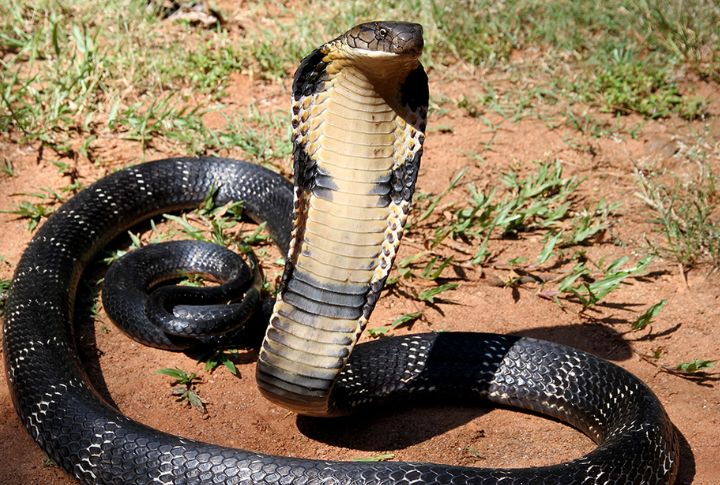
When threatened, the King Cobra rises high, spreads its hood, and emits a deep hiss that warns intruders. In a single bite, it can deliver a massive amount of venom, up to 7 milliliters. Though not the most toxic by volume, the sheer dosage is powerful enough to take down an elephant.
Pufferfish (Fugu)
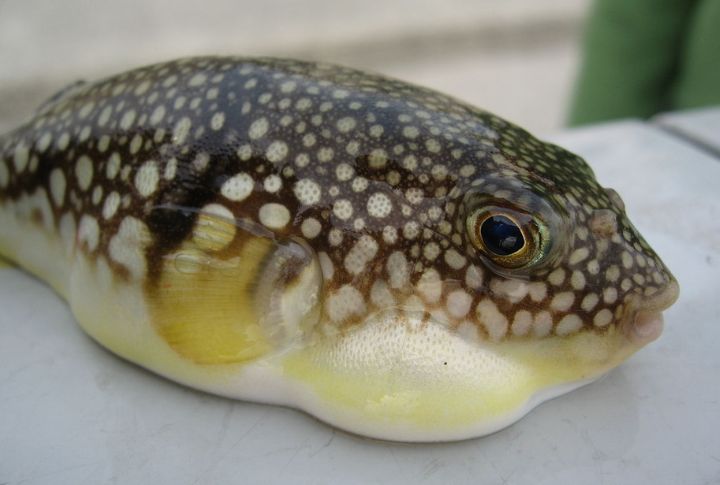
Highly toxic organs make the Pufferfish one of the most dangerous meals on the planet. Tetrodotoxin concentrated in the liver and skin can shut down the nervous system rapidly. Only specially licensed chefs in Japan are permitted to prepare it due to the razor-thin margin for error.
Deathstalker Scorpion
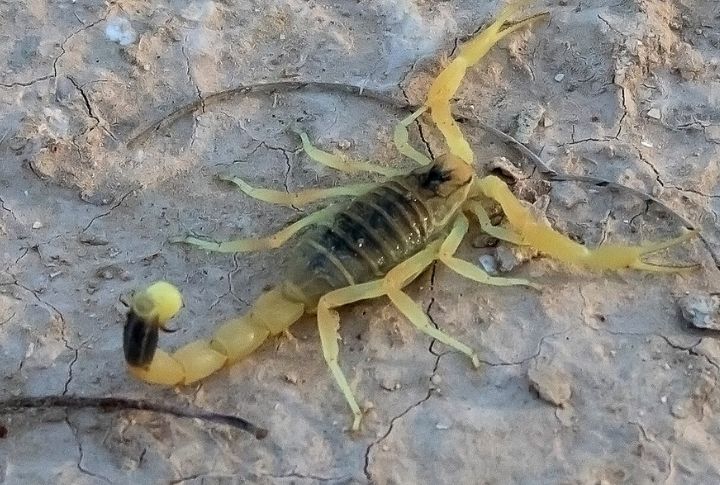
This desert predator delivers a sting that’s small in volume but massive in impact. Children are most vulnerable to its neurotoxins, which can cause seizures or fatal complications. Its venom, valued for medical research, glows under UV light that adds eerie visibility to an already potent danger.
Dubois’ Sea Snake
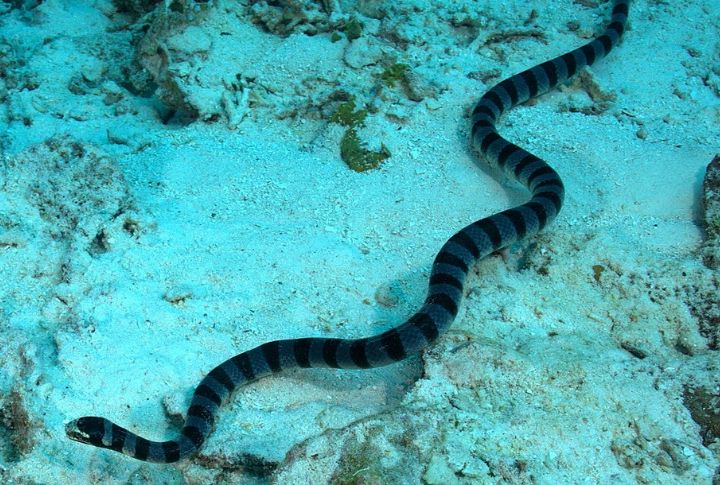
Venom strength surpasses land-based rivals as the Dubois’ sea snake weaves through shallow reef waters. It targets eels as its main prey but will defend itself if disturbed, even at the surface. The combination of toxicity and stealth makes it a serious marine hazard.
Gila Monster
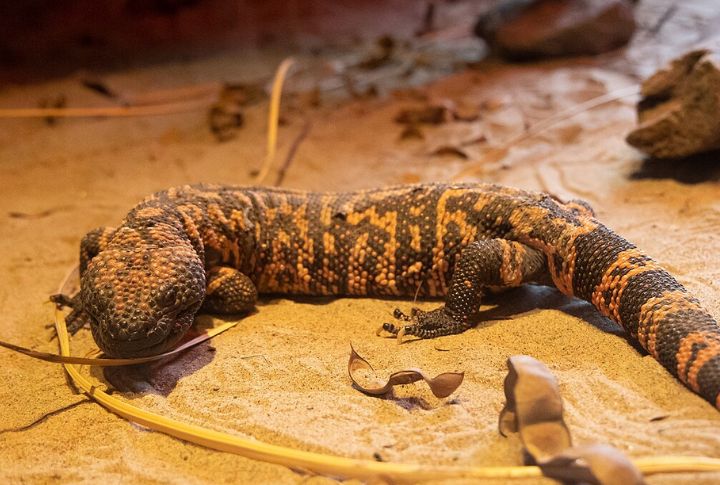
Among the world’s few venomous lizards, this species attacks differently—it bites down and chews to deliver its neurotoxins. Pain and temporary paralysis follow, though fatalities are rare. Found in the deserts of the southwestern U.S., it moves slowly but reacts fiercely when provoked or handled.
Sydney Funnel-Web Spider
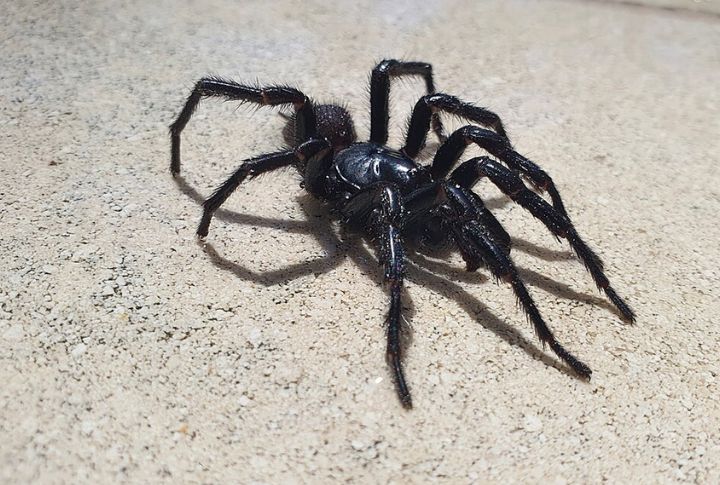
Rapid bursts of motion define the Sydney Funnel-Web Spider’s aggressive bite in suburban spaces. Males are especially dangerous, with venom that can overwhelm a human nervous system in minutes. Its ability to survive underwater enhances the risk in places people least expect.
Beaked Sea Snake
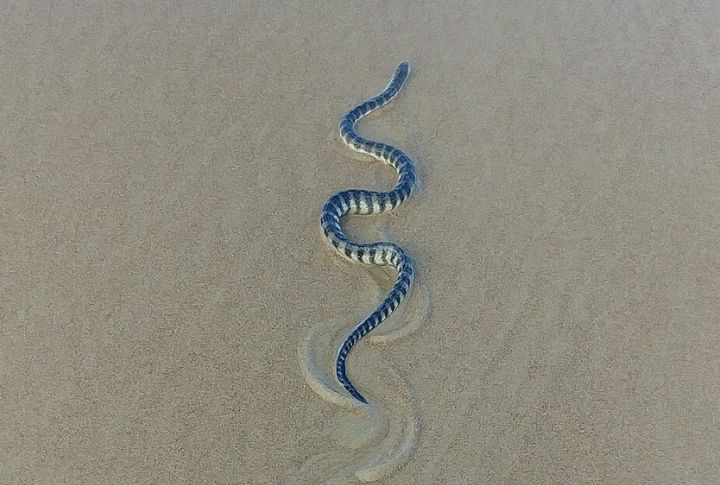
Just one bite from the Beaked Sea Snake contains enough venom to kill several adults. Encounters with this reptile usually happen when it gets caught in fishing gear, where its aggression rises sharply. Although it prefers hunting underwater, it remains dangerous on deck, with valved nostrils that keep water out during long dives.
Tiger Snake
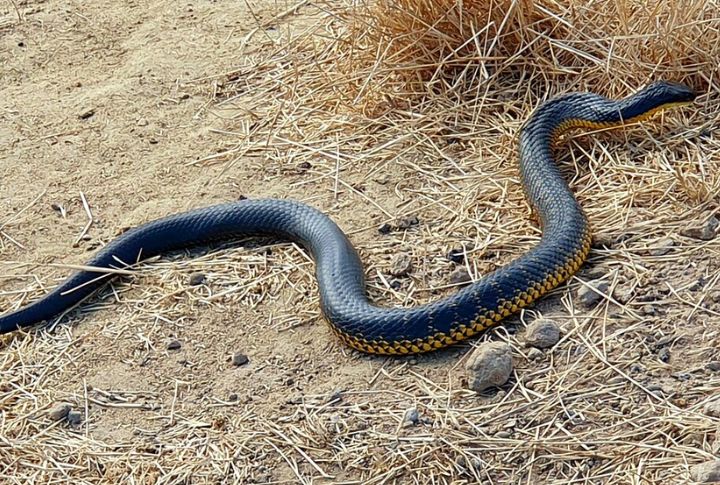
Bands of black and yellow serve as a visual warning, but not everyone notices in time. A bite releases toxins that affect nerves and blood simultaneously, accelerating paralysis. Found near populated Australian coasts, this sea snake once caused widespread concern, though better access to antivenom has made encounters less deadly.
Stone-Coat Caterpillar (Lonomia Obliqua)
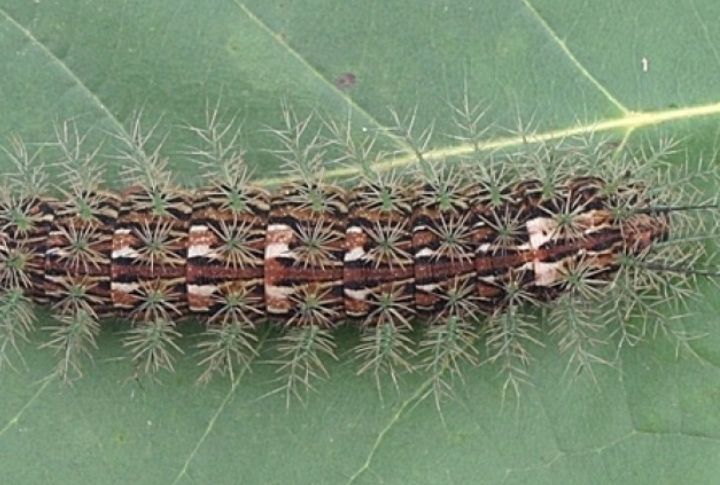
Stone-Coats don’t need to bite to kill—just brushing against their spine-covered bodies can lead to severe internal bleeding and kidney failure. Their moss-like appearance makes them easy to miss in shallow waters. Each year, accidental contact causes multiple fatalities across parts of Brazil’s coastal regions.
Indian Red Scorpion
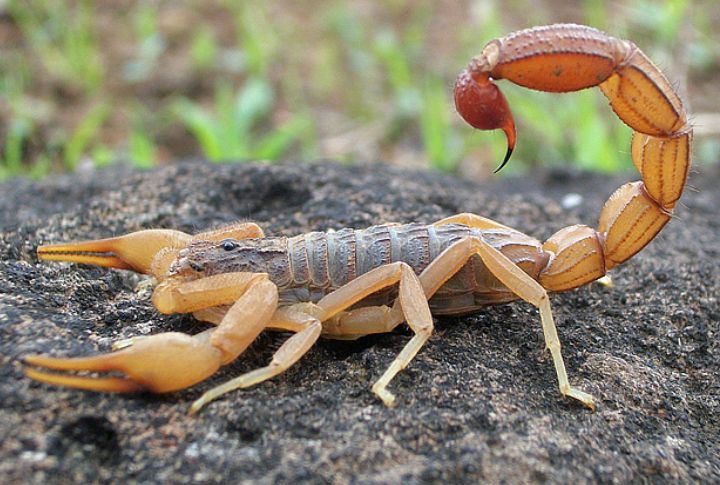
Heart issues and lung fluid buildup are just some of the effects of a Red Scorpion sting. These become more common during India’s monsoon season, when sightings rise. Children face the highest risk, and in isolated regions, antivenom doesn’t always arrive in time to save lives.
Boomslang
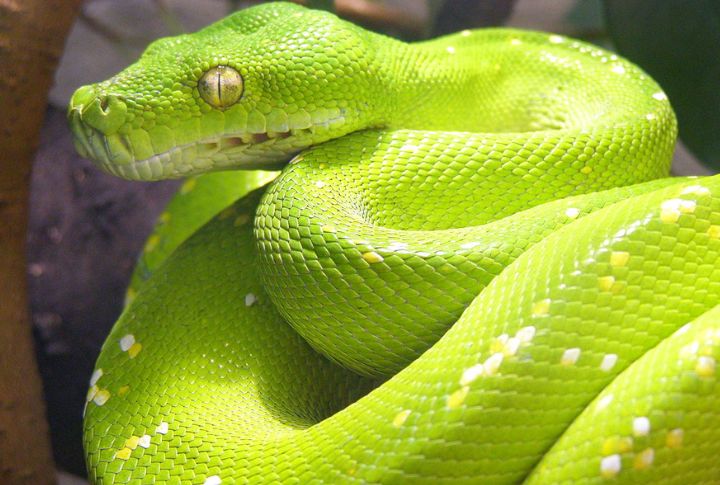
Camouflaged among tree branches, this rear-fanged snake surprises with a devastating bite. Its hemotoxic venom interferes with blood clotting, which leads to internal bleeding that may take hours to show symptoms. Encounters are uncommon, as this solitary serpent prefers retreat over aggression whenever possible.
Recluse Spider
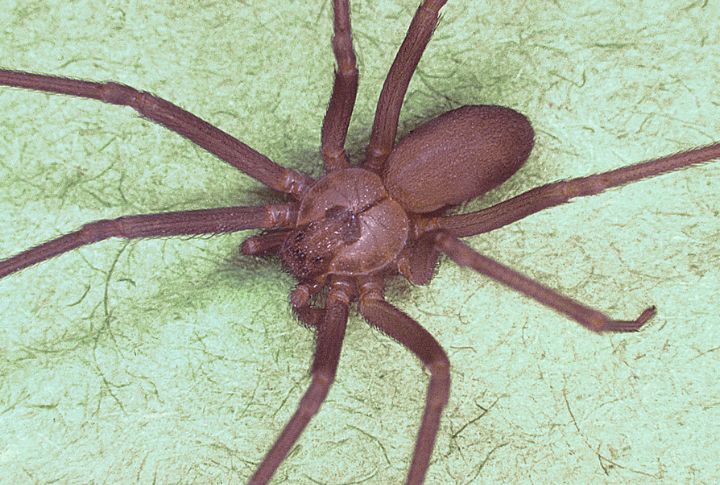
Injuries from this spider often begin unnoticed, yet the delayed damage can be severe. Venom around the bite destroys tissue, which leaves wounds that may take months to close. Typically avoiding confrontation, it shelters in dark indoor spaces and can survive long periods without food.
Komodo Dragon
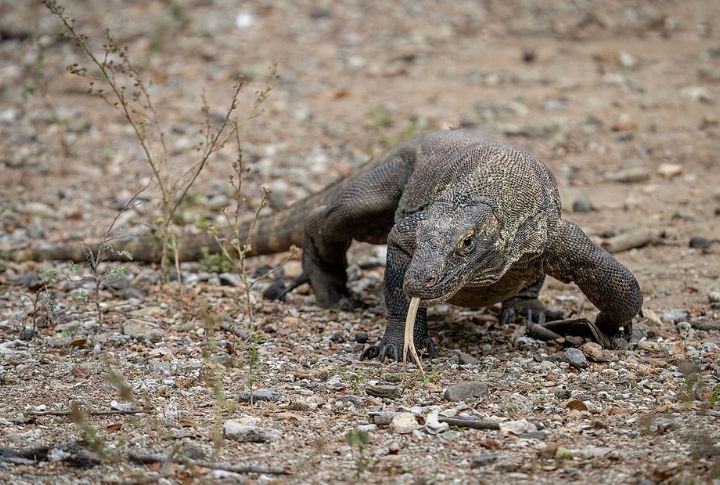
This giant reptile inflicts more than just a physical wound; its venom reduces blood clotting, intensifying blood loss after a bite. Combined with bacteria from its saliva, the effect overwhelms prey. Despite its lumbering pace, the Komodo dragon can sprint in bursts and bring down large animals with calculated ambushes.
European Adder (Vipera Berus)
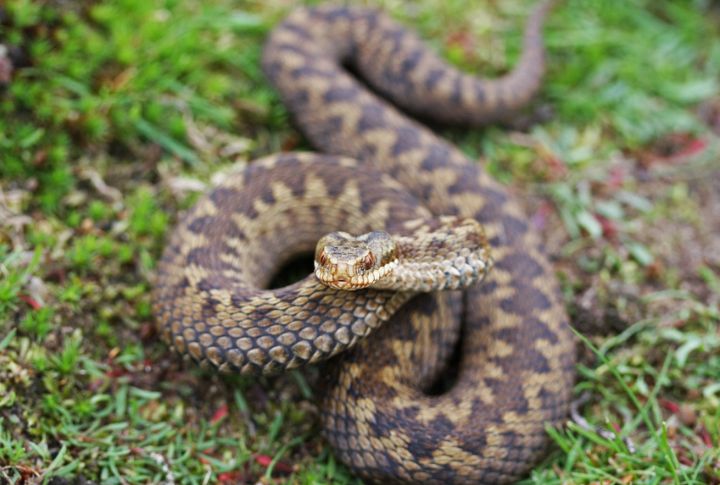
Pain, swelling, and systemic symptoms usually follow a bite from this cold-climate snake. Although rarely fatal, it’s the only venomous species native to the UK and causes hospital visits every year. Most incidents happen when hikers accidentally step on one while it’s basking in open areas.

